Tips for Growing Onions
One of the most popular vegetable plants found in many gardens is onions, and for good reason. Look at just about any recipe, and you will probably find onions on the ingredient list. But growing big onions that are healthy and robust can be tricky. This article will give you tips for growing onions that are big, loaded with flavor, and absolutely delicious.
This guide is a great resource to bookmark for your Gardening 101 library.
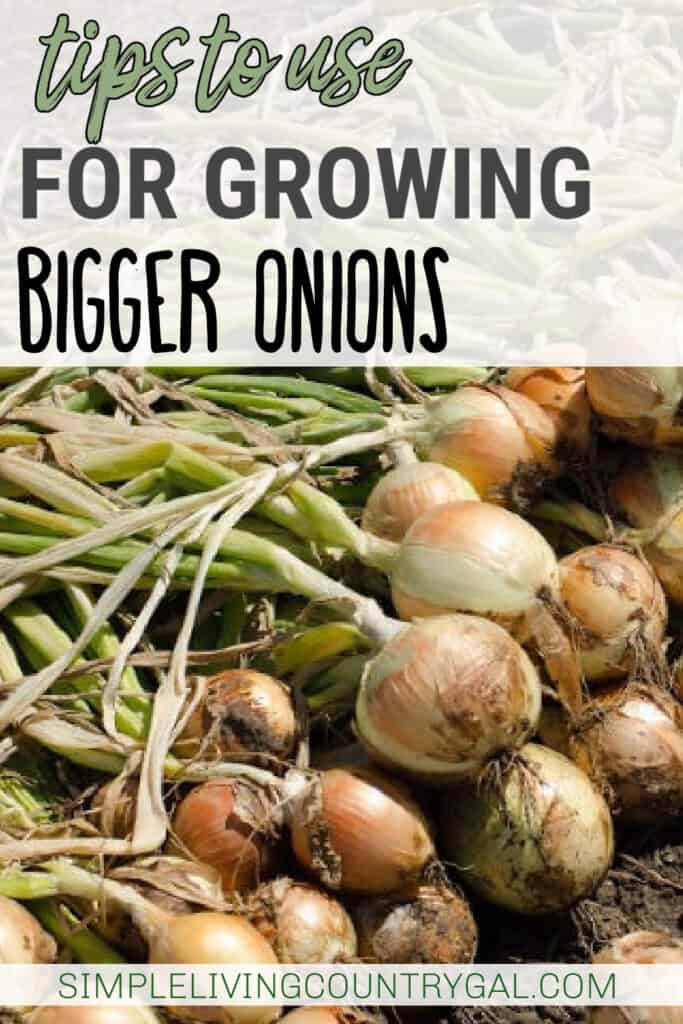
Growing Bigger Onions in a Backyard Garden
Growing onions in your own backyard is something we love to do. Not only are onions easy to grow, but they are also easy to freeze, allowing you to use them year-round. For the longest time, my onions were tiny, and I wasn’t sure why, so I got to work researching and experimenting with different tips to see what worked to give me bigger onions.
This list is full of my top tips that I have used over the years. Easy things that you can incorporate into your garden plan this year to grow bigger and better onions that are packed full of flavor. From planting at the best time and how to keep onions from getting mushy to growing tips, when to harvest, and more.
The Basics of Growing Onions
Just like any plant, there are many types of onions you can grow. Let’s look over a few of the most common.
Four primary types of onions:
- Bulb onions – Also known as garden onions. These are the most common and are the easiest to get. Once planted, they can grow to be quite large, making them ideal for any backyard garden.
- Green onions – Also known as scallions. These tend to grow more quickly giving you an early harvest. They are a great way to add flavor to salads, dips, potatoes, and even stir-fries.
- Shallots – These are a gourmet variety of onions that have a more subtle flavor. Shallots are great for sauces and roasts.
- Bunching onions – Also known as a Welsh onion’, they are popular because they regrow after cutting and provide a consistent supply.
All these varieties work well in a backyard garden and in many cases you may want to grow a bit of each.
Starter Vegetable Gardens, 2nd Edition: 24 No-Fail Plans for Small Organic Gardens


Growing onions
Bulb onions produce one per plant, meaning if you want 50 onions, you will need to plant 50 (or more) plants. Stagger planting is a great way to spread your harvest and make things less busy later. You can plant a row, for example, one week, then an additional row every week after that until your entire crop is in the ground.
Best Soil for Onions
Onions thrive in loose soil that is able to drain well. The pH of the soil should ideally be between 6.0 and 7.0. Onions need about six hours of sun a day because it is a crucial part of growing bigger onions.
If you are not sure what the pH of your soil is, you can use a home pH garden test to find out.
Gardening Hand Tool Set 3 Pack – MDSXO Heavy Duty Gardening Kit with Non-Slip Soft Ergonomic Handle, Great Garden Gift for Women Men[Stainless Steel]![Gardening Hand Tool Set 3 Pack - MDSXO Heavy Duty Gardening Kit with Non-Slip Soft Ergonomic Handle, Great Garden Gift for Women Men[Stainless Steel]](https://easyproductdisplays.com/wp-content/uploads/2017/07/buy6.gif)



When to Plant Onions
Bulb onions need a long time to mature, making them the first things to go in the ground come spring. Where we live, we plant onions just as soon as the ground can be worked, which in Pennsylvania is usually sometime in March.
Spacing Onions
Spacing is another important part of growing large onions because the more room they have to grow, the bigger they will get. Look to plant bulbs about 4-6 inches apart.
Watering Onions
Water is another important part and needs to be consistent especially when it is hot and dry. On the flip side, over-watering should be avoided, as it may lead to rot or disease.
Too much water is bad for onions!
Too much water can lead to mushy onions, something you want to avoid. Since we live in a very wet area, we plant our onions in raised, mounded-up rows. This helps to keep the roots dryer even when the ground is sopping wet in the spring. This one tip alone has allowed us to grow bigger onions that are firmer and healthier.
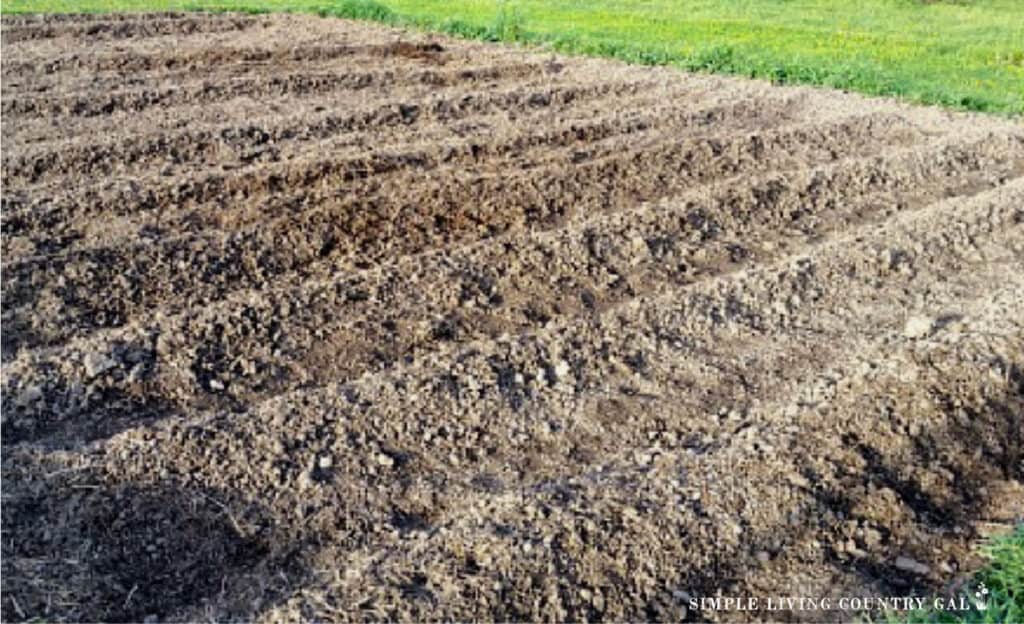
Preparing the Garden for Planting
Since onions go into the ground so early, we prefer to prep the area in the fall so we have a bit of a head start come spring.
- Start by removing any weeds, rocks, or other debris.
- Do a test of the soil to see if anything needs to be added.
- Add a layer of compost and mix it into the soil. This will also help with drainage.
- Tilling the soil to a depth of about 12 inches will also help ensure the onions have ample room to expand and grow.
- If your soil is heavy clay or very sandy, you might want to grow your onions in raised beds or mounds as we do.
Planting Onions
Planting onions begins with choosing the right type of onion for your region. There are two main types: short-day onions, which are found mainly in southern US gardens, and long-day onions, suitable for northern parts.
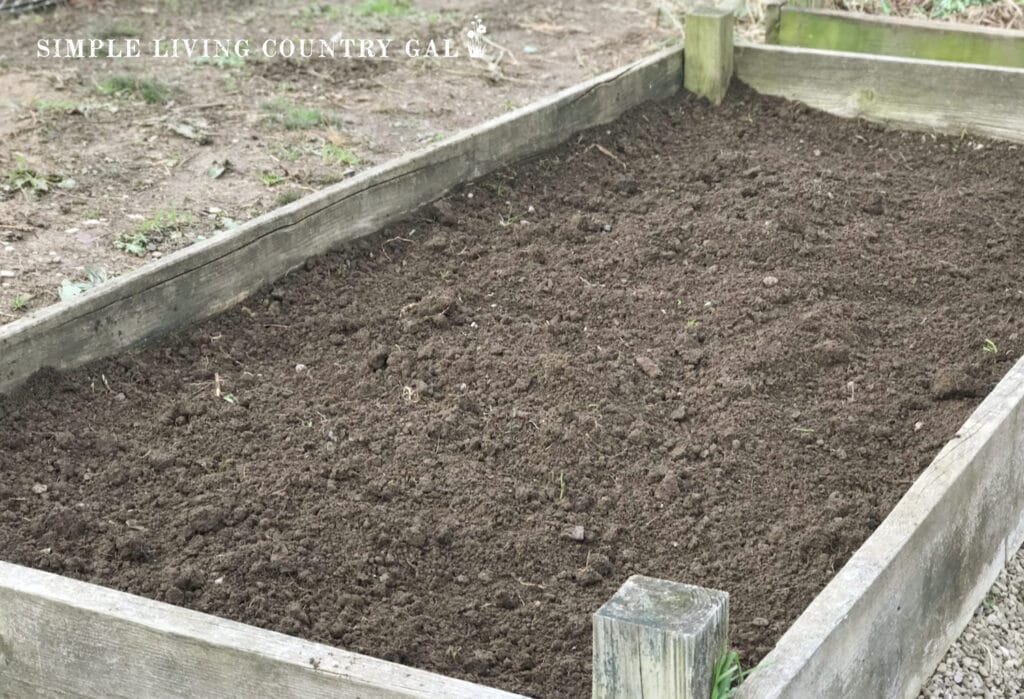
What are onion sets?
Onion sets are small, immature onion bulbs that may or may not have green shoots coming out of the top.
To plant onion sets, simply push them into the soil about 2 inches deep and 4-6 inches apart. For onion seeds or transplants, create furrows about 1/2 inch deep and sow the seeds or set the transplants in them, covering lightly with soil.
Water immediately after planting, and continue consistent watering throughout the growing season.
Weed Control
Weeds can affect the size of your onions, so you will want to start pulling any weeds out as soon as you see them. Using mulch around onions helps to keep weed growth to a minimum. We lay down a layer of newspaper and put fresh-cut grass on top. I prefer fresh-cut grass because I think it is easier to work with, and we always have a supply.
Proper Care and Maintenance of Onion Plants
The best part of growing onions it they require minimal care after planting, other than a few basic things.
- Regular weeding is crucial, as onions compete poorly with weeds. Mulching can help deter weed growth.
- Consistent watering is important, but be careful not to over water as it can lead to bulb rot. Another reason why I love mulch is it can help keep the soil damp longer.
- Fertilization can be helpful but it’s not required. A balanced fertilizer, applied every few weeks, can be helpful in the beginning but I would stop once bulbs start to show up in the ground.
- Watch for pests and diseases. Common pests include thrips and onion maggots, while diseases can include blight or onion rot. Watch your onions closely so you can catch things before they get out of hand.
Remember, like any plant, onions will have their good and bad years. It’s all part of the gardening experience. I do suggest keeping notes on everything you grow each year. This can help cut down on repeated mistakes as well as create a crop rotation system that keeps your soil at it’s best.
Troubleshooting Common Onion Growth Issues
Occasionally, you might encounter issues when growing onions. Here are a few of the most common to be aware of.
Bolting: This is when onions prematurely go to seed, often due to sudden temperature changes. If you notice an onion bolting, it’s best to harvest it immediately, as it will stop growing.
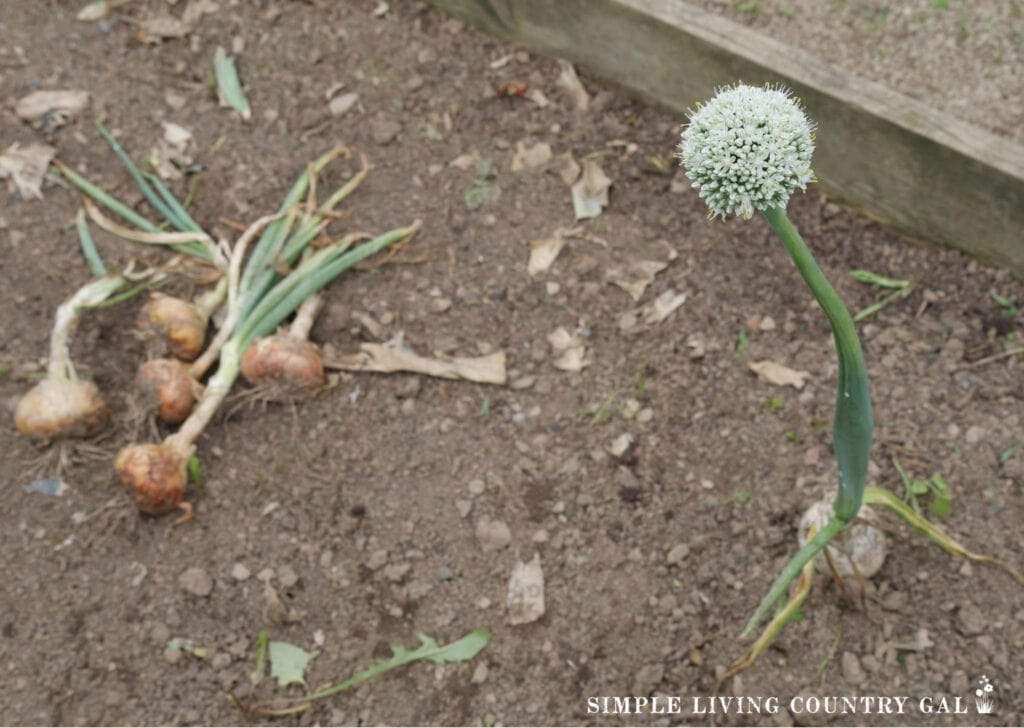
Misshapen Bulbs: This could be due to damage from onion root maggots or an interruption in growth. To prevent this, ensure regular watering and take measures to deter pests.
Yellowing or Dying Foliage: This could be a sign of insufficient water, disease, or pest infestation. Regular watering and monitoring for pests can help prevent this issue.
Small Bulbs: If your onions aren’t growing to the expected size, it could be due to overcrowding or insufficient nutrients in the soil. Adequate spacing and fertilization can help grow bigger, more robust onions.
Remember, the key to successful onion growth is regular observation and timely intervention. With the right care, you can enjoy a bountiful harvest.
Harvesting and Storing Onions
When it comes to harvesting onions, timing matters. Onions are ready for harvest when their tops start to yellow and fall over. At this stage, stop watering and leave them in the ground for another 10-14 days to allow them to fully mature. Gently lift the onions using a garden fork, taking care not to damage the bulb or the neck. Shake off any excess soil, and let them dry in the sun for a couple of days.
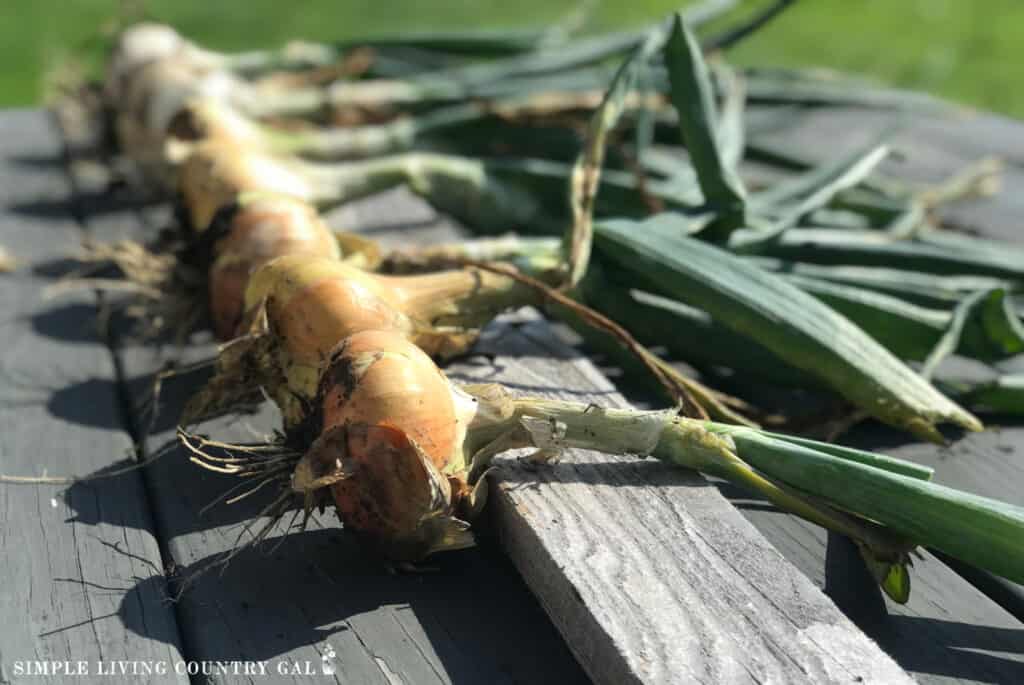
Once your onions are harvested, store them in a cool, dark, and well-ventilated place to prevent moisture build-up that can cause rot. A mesh onion storage bag or an onion storage crate can be ideal for storage, allowing air circulation around the onions. Check your stored onions regularly, removing any that show signs of spoiling to protect the rest of the harvest.
You can also freeze onions by dicing or slicing them and placing them in a resealable freezer bag. Frozen onions can last up to 12 months and are perfect for soups, stews, and other cooked dishes.
Growing onions that are big and delicious is easy, especially when you set up a good environment. Start with the right soil conditions, do not crowd when planting, mulch to prevent weeds, and consistently water without overwatering. Follow these tips for growing onions and enjoy getting bigger, more flavorful onions this season.





![Gardening Hand Tool Set 3 Pack - MDSXO Heavy Duty Gardening Kit with Non-Slip Soft Ergonomic Handle, Great Garden Gift for Women Men[Stainless Steel]](https://m.media-amazon.com/images/I/41qgPIFVlJL._SL500_.jpg)



